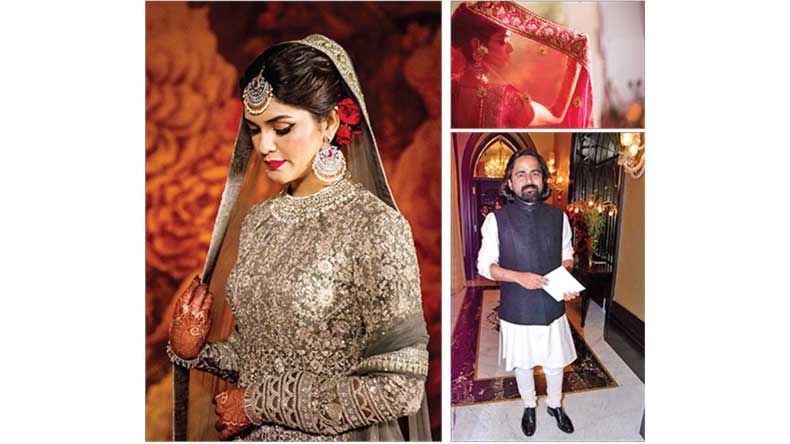Known for creating ensembles which are beautifully crafted and rooted in tradition, ace designer Sabyasachi Mukherjee believes in creating designs which are close to one’s identity. A fashion designer from Kolkata, Mukherjee is one of the associate designer members of Fashion Design Council of India and is also the youngest board member of the National Museum of Indian Cinema.
His label “Sabyasachi” is one of the most popular brands in Indian fashion industry. Having designed costumes for Bollywood films such as Guzaarish, Babul, Laaga Chunari Mein Daag, Raavan, English Vinglish, he is also one of the favourite designers of actresses like Vidya Balan, Rani Mukherjee, Kareena Kapoor amongst many.
The designer’s theory of fashion is really different. He believes in celebrating beauty which comes from irrespective backgrounds. “Fashion can be a very unkind world because it makes a living feeding on people’s insecurities. As a brand we try to keep our customer secure by helping them find an identity that is very close to who they are. We try and encourage our customers to accept themselves for whom they are, irrespective of caste, color, shape and size – our brand celebrates everything,” he says to Guardian 20.
Mukherjee is also coming up with his most popular wedding reality show, Band Baajaa Bride on NDTV Good Times with its seventh edition of the show which will focus on real brides’ dream makeovers in celebrity style with master couturier none other than Mukherjee himself.
“Our biggest and only shortcoming is our ability to not be able to stand tall for ourselves and constantly looking at validation and benchmarking from the west.”
Mukherjee who meets so many girls from different sections of the society in his show, when asked how he would want todefine beauty and fashion in India, pat comes his reply, “You know when I’m dressing up girls in this show, I get to meet a lot girls who I would never normally meet and many of them because they have never had a direct interface with me hold their own with common sense. I sometimes find it very daunting to dress up these middle class girls than to dress up socialites.”
“Beauty, to me, is being comfortable in your skin. When we speak of the show, I see us in a fashion era with maturity, where we are able to cut out the floss in clothing and concentrate on the core. Indian bridal fashion is becoming more and more mature and we are stepping into a big revolution of going back to the basics.”
For Mukherjee, designing outfits for people belonging to different social backgrounds in this show was interesting. He says, “I find it equally interesting to dress all women. Everyone has a story! I don’t use this show only as a forum to make pretty clothes. I aim to use this platform to neutralize taboos and views about the wedding markets. The show helps me understand the psyche of India and its people, whether it’s from a small town, a village, a tier 2 city, a metro or even a NRI-community. The diaspora of brides who come to write into the show is so wide that it really helps us in our market research.”
Being in the fashion industry since 1999, Mukherjee thinks that fashion industry is changing. “It’s good to sometimes step back from the creative process, and think of being a designer as a business. Don’t think too much on being ‘in fashion’ rather, creating a style,” he says.
His designs are inspired from the antique textiles and cultural traditions of his home town, Kolkata, which has been a lifelong inspiration. Mukherjee says that reflection of Bengal in his collections is not a necessity, it’s a natural instinct for him. He is known for using unusual fabrics, texturing and detailing, embellishments in vibrant colours. He also uses indigenous methods like bandhani, gotawork, block printing, hand dyeing etc. in construction of modern silhouettes. Mukherjee is especially famous for Indian bridal wear and ethnic fashion line. He thinks that bridal wear is changing in India.
He says, “Having interacted with numerous brides over six seasons of Band Baajaa Bride and entering Season 7, I realise that Indian brides are slowly moving towards the zone where they want to be deeply cultural, organic and want to have a sense of their country’s history within their wedding.”
Speaking about today’s fashion scenario in India, he concludes, “Our biggest and only shortcoming is our ability to not be able to stand tall for ourselves and constantly looking at validation and benchmarking from the west.”

